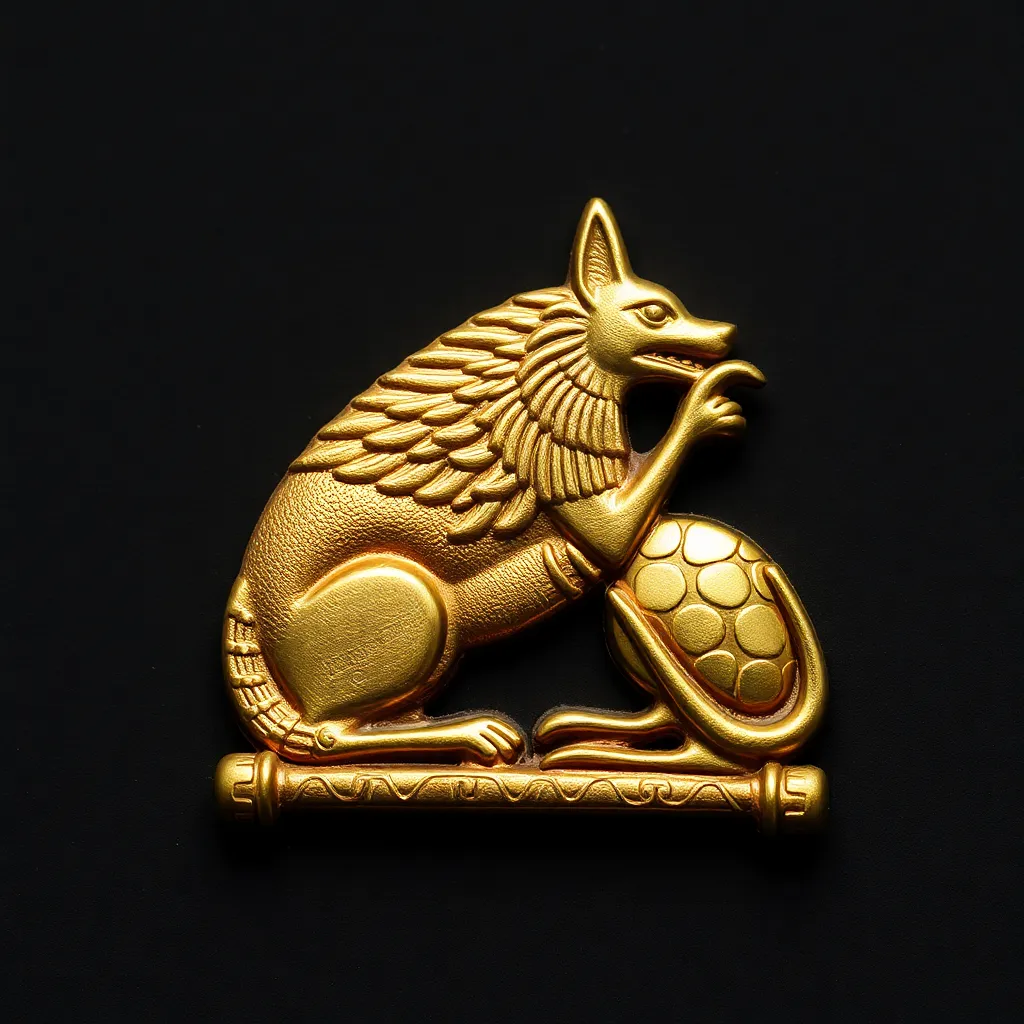The Symbolism of the Jackal in Egyptian Amulet Crafting
I. Introduction
Ancient Egyptian amulet crafting has captivated historians and archaeologists for centuries. These small, often intricately designed objects were believed to hold protective powers and significant meanings for their owners. The use of symbolism in Egyptian culture was paramount, with each amulet serving not just a decorative purpose but also a spiritual one.
Among the many symbols utilized in amulet crafting, the jackal stands out as particularly significant. This animal, often associated with the afterlife and protection, holds a prominent place in the pantheon of Egyptian mythology.
II. Historical Context of the Jackal in Ancient Egypt
The jackal, a wild canine found in the region, played a notable role in Egyptian mythology. It was often associated with death and the afterlife, primarily due to its scavenger nature and nocturnal habits.
A central figure connected to the jackal is Anubis, the god of mummification and the afterlife. Anubis was typically depicted as a man with a jackal’s head, embodying the traits of both protector and guide for the deceased.
Geographically, the jackal was prevalent in ancient Egypt, where it roamed the deserts and burial grounds, reinforcing its connection to death and the spiritual world.
III. The Jackal’s Symbolism in Egyptian Religion
Anubis, as the god of mummification, is perhaps the most famous embodiment of jackal symbolism in ancient Egypt. He presided over the embalming process and was responsible for guiding souls to the afterlife.
- Protector of the Dead: The jackal was seen as a guardian of graves, ensuring that the dead were safe from harm.
- Guide Through the Afterlife: Anubis’ role as a guide was crucial, as he led souls through the judgment process in the Hall of Maat.
This symbolism of the jackal extends beyond mere representation; it signifies a deeper understanding of life, death, and the continuum of existence in Egyptian belief systems.
IV. Materials and Techniques in Amulet Crafting
Amulets featuring the jackal were crafted from various materials, each chosen for its own symbolic properties. Common materials included:
- Gold: Symbolizing eternity and the divine.
- Faience: A ceramic material that was often brightly colored and used for its aesthetic appeal.
- Stone: Various stones like lapis lazuli, believed to have protective qualities.
Artisans employed several techniques in creating these amulets, including carving, molding, and inlay work. The craftsmanship was regarded as essential; it was believed that the skill and intent of the creator imparted power to the amulet.
V. Types of Jackal Amulets and Their Functions
Jackal-themed amulets came in various forms, each serving specific functions:
- Anubis Amulets: Often depicted with the god’s likeness, these amulets were intended to provide protection during the afterlife journey.
- Jackal Figurines: Small statuettes that could be carried or placed in tombs to act as guardians for the deceased.
- Heart Scarabs: Sometimes featuring jackal motifs, these amulets were placed on the heart of the deceased to ensure a good judgment in the afterlife.
In daily life, these amulets were worn for protection, health, and prosperity, demonstrating the jackal’s multifaceted role in Egyptian spirituality.
VI. The Evolution of Jackal Symbolism in Later Periods
As Egyptian history progressed, the perception of the jackal evolved. During later periods, including the Hellenistic and Roman eras, the influence of foreign cultures began to shape the crafting and meaning of amulets.
- Hellenistic Influence: The incorporation of Greek styles and motifs led to new interpretations of traditional symbols.
- Roman Adaptations: The Roman period saw a blending of cultural symbols, with the jackal sometimes represented in a more generalized manner.
Despite these changes, the core symbolism of the jackal as a protector and guide persisted, showcasing the continuity and transformation of its meaning throughout history.
VII. The Modern Interpretation of Jackal Symbolism
In contemporary society, there has been a resurgence of interest in ancient Egyptian symbols, including those related to the jackal. Modern amulet crafting often draws inspiration from these ancient designs, appealing to those seeking spiritual significance.
- Contemporary Crafting: Artists today recreate jackal-themed amulets, incorporating modern materials while respecting traditional designs.
- Cultural Significance: The jackal continues to hold meaning in modern spiritual practices, symbolizing protection and guidance.
This renewed interest highlights the enduring legacy of the jackal in both ancient and contemporary contexts.
VIII. Conclusion
The symbolism of the jackal in Egyptian amulet crafting encapsulates the rich tapestry of beliefs that characterized ancient Egyptian culture. From its association with Anubis to its role as a protector of the dead, the jackal remains a powerful symbol of guidance through the afterlife.
Understanding the importance of these symbols offers insights into the values and beliefs of ancient peoples, emphasizing the relevance of mythology in interpreting human experience.
In today’s world, the jackal serves as a reminder of the enduring nature of symbols and the ways they can connect us to our past, enriching our present spiritual practices.




